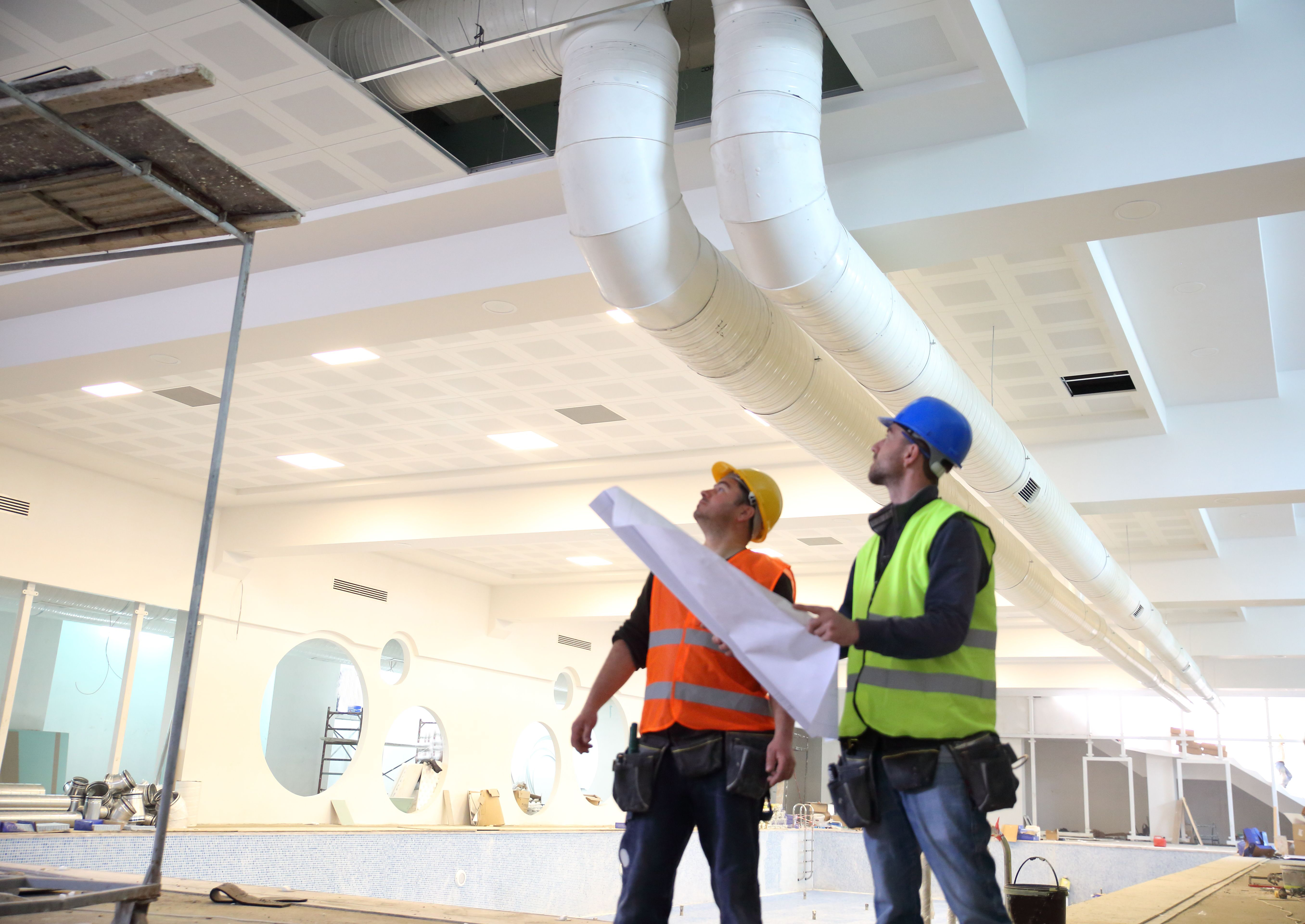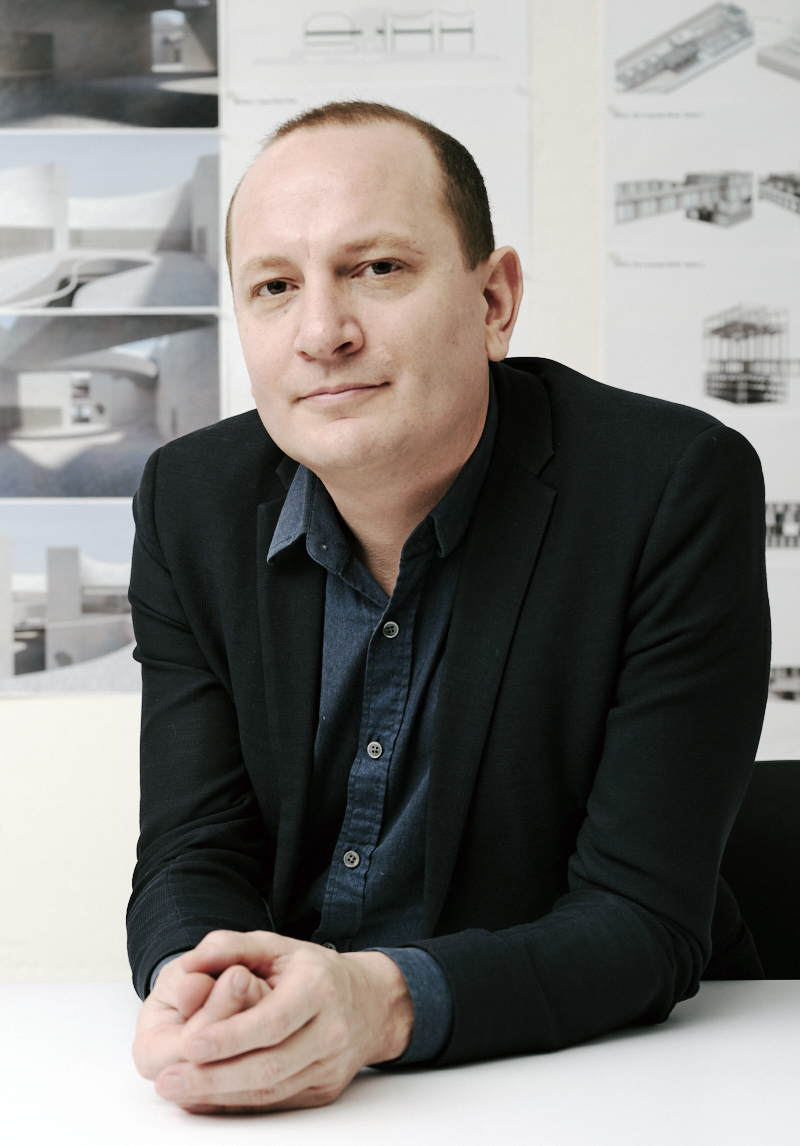Buildings that Breathe: Healthy Design in a Post-Pandemic World
Learning Objectives:
- Identify sustainable and mainly low-tech design solutions that can minimize the transmission of airborne diseases within buildings.
- Illustrate ways to safely create or occupy indoor and outdoor spaces within dense urban centers in the midst of a pandemic.
- Pinpoint architectural elements across building types where improved design will have the most impact on reducing disease spread.
- Discuss how sustainable building practices contribute to battling the climate crisis, and, in turn, pandemics themselves.
Credits:
This course is approved as a Structured Course
This course can be self-reported to the AANB, as per their CE Guidelines
Approved for structured learning
Approved for Core Learning
This course can be self-reported to the NLAA
Course may qualify for Learning Hours with NWTAA
Course eligible for OAA Learning Hours
This course is approved as a core course
This course can be self-reported for Learning Units to the Architectural Institute of British Columbia
There is no doubt the COVID-19 crisis has upended our lives. What is less clear is the impact the pandemic will have on our built environment. Short term fixes like plexiglass barriers and touchless entries and elevators don’t begin to address the underlying issues of a world out of whack—the pandemic itself the result of irreparable damage to natural ecosystems.
Can this be a transformational moment for the design of our buildings and cities? How can the architectural profession effect real change in creating healthy and sustainable spaces for humans while minimizing harm to the environment? This course offers a return to basic principles, showcasing projects shaped by access to light and air, and a meaningful connection to their contexts, whether city or nature. The panelists—leaders in firms in the U.S. and Europe—will present examples in both warm- and cold-weather climates, completed and under construction, that offer simple lessons not just for improving indoor air quality or building more sustainably, but for recalibrating our response to the crisis.


|
Malene Hjortsø Kyndesen, Partner, has been employed at Lundgaard & Tranberg Arkitekter since 2002 and was appointed partner in 2020. She is engaged in architecture’s role in a larger global perspective and her curiosity drives the development processes of the projects she is heading to great results. She has gained valuable experience from both master planning projects as well as high profiled education and cultural projects. She has a solid experience within the development of projects in early design stages. Concurrently she is experienced as lead architect showing her ability to create strong visions and maintaining the ideas all the way through to completed projects. |

|
Florian Idenburg, Principal, SO–IL is a principal of New York-based SO–IL, whose projects include the Kukje Gallery in Seoul and the Manetti Shrem Museum of Art at University of California, Davis. Florian has a strong intuition for the orchestration of form, material, and light, and he enjoys developing projects to a level where those elements become places for people to experience and use. Florian combines a hands-on approach with a theoretical drive. A frequent speaker at institutions around the world, he has taught at Harvard University, Massachusetts Institute of Technology, Columbia University, and Princeton University. |

|
Sophia Razzaque, AIA is an Associate and one of the leaders of the Austin office of Lake|Flato Architects. Previously, she worked at Cook + Fox Architects in New York, Zaha Hadid Architects in London, and Michael Hsu Office of Architecture in Austin. Designing buildings in urban cities around the world influenced her return to her Austin roots to contribute to the city’s vibrant renewal. With a broad community project portfolio and knowledge of regional context, Sophia meets diverse program requirements while creating spaces that feel meaningful and tied to their particular place. She is helping to establish a new NOMA Central Texas chapter to ensure minorities have the resources and mentorship needed to continue in the profession. |
 |
Armstrong World Industries is a leader in the design and manufacture of innovative commercial ceiling and wall systems. At home, at work, in health-care facilities, classrooms, stores, and restaurants, Armstrong Ceiling & Wall Solutions offer interior options that help
create healthy, sustainable spaces that protect people and cultivate well-being and comfort so they can be at their best.
Armstrong is committed to developing new and sustainable ceiling solutions, with design and performance possibilities that empower its customers to create beautiful, high-performance residential and commercial buildings. Armstrong continues to grow and prosper for the benefit of all its stakeholders. armstrongceilings.com/commercial |













